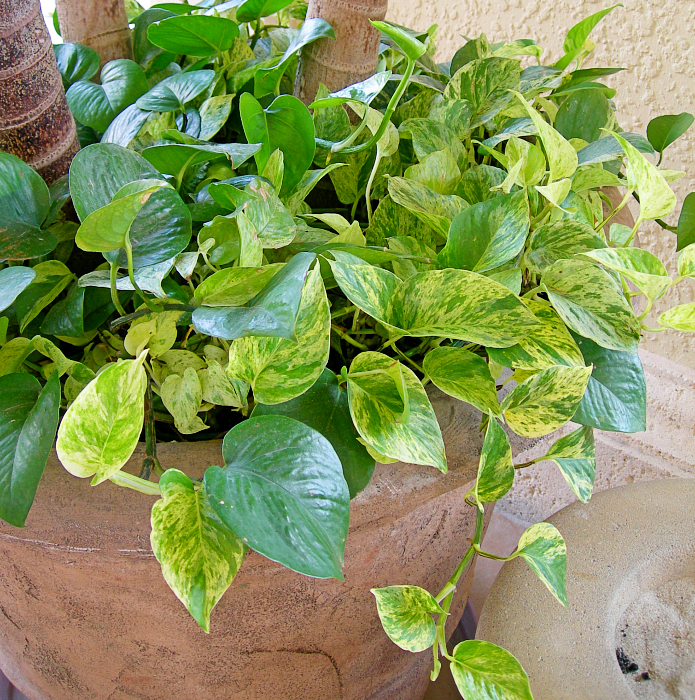
Labor Day is celebrated with parades, picnics, and parties. The holiday recognizes the contributions of American labor to the nation’s standard of living. This quiet day usually includes a small amount to no caring for plants. However, I like a day of rest with easy meals and little to no house or professional work. Fortunately, some houseplants thrive with little care; here are three houseplants for a laborless Labor Day.
Labor Day was conceived and championed by labor activists in the late nineteenth century as a holiday to recognize many workers and their contributions to America’s vitality and success; a holiday for workers. It became a national holiday on June 28, 1894, when President Grover Cleveland signed the bill making the first Monday in September a legal holiday. Before becoming a federal holiday, Labor Day was celebrated in several states and by labor activists.
ZZ plant (Zamioculcas zamifolia) is a sturdy and resilient native to Africa. The glossy, waxy leaves are dark green and grow from an underground rhizome. The plant can grow 2 to 3 feet in height and spreads slowly from the rhizome. It survives low-light and drought conditions beautifully. The soil must be well-draining; water this lovely sparingly. Keep it warm; protect from temperatures below 50°F. Exposure to low temperatures may cause the leaves to shed or plant failure. This is a houseplant that thrives where few others survive. It is occasionally grown outside in south Florida in shady locations.
Cast iron plant (Aspidistra elatior) is a durable evergreen perennial with leathery, glossy, lance-shaped leaves which grow directly from fleshy underground rhizomes. The leaves are usually dark green and lance-shaped, though variegated varieties are available. Cast iron plant is so named for its tenacity and ability to grow just about anywhere from a dark dorm room to shady gardens. Cast iron plant is drought tolerant but looks best with occasional water applications when in active growth or the weather is very dry. This plant seems to thrive on neglect.
Pothos (Epipremnum aureum) is native to the Solomon Islands in the south Pacific and nearby northern Australia and Indonesia. It is an evergreen climbing vine. It is prevalent in tropical and sub-tropical locations and grows with abandon in warm areas. Pothos is also grown indoors in hanging baskets or containers. It is one of the most popular houseplants for ease of growth and adaptability to poor growing conditions. As houseplants, pothos accept low light as well as bright light conditions. They are drought tolerant but look best when grown in good potting soil with ample drainage and regular watering. It is a fine addition to any interior planting. However, pothos has been planted in or escaped into the south Florida landscape, where its growth is rampant. Many dollars are spent annually on controlling its wild spread. Keep pothos indoors.
This column first appeared in the Treasure Coast Newspapers.
Leave a Reply